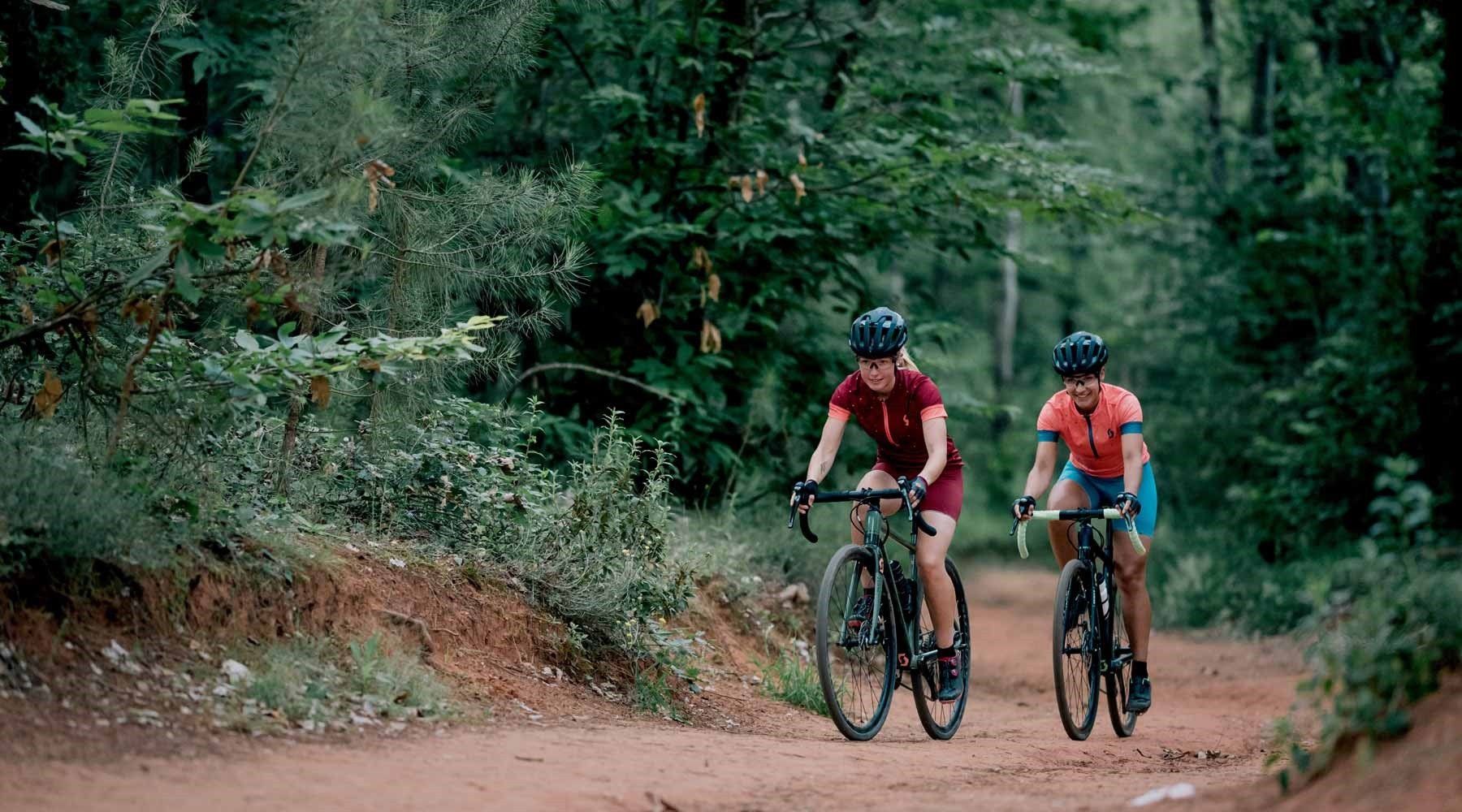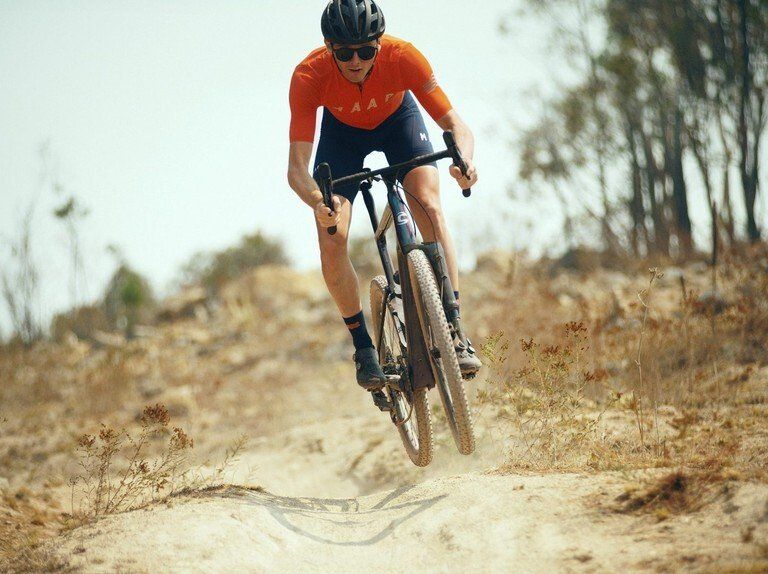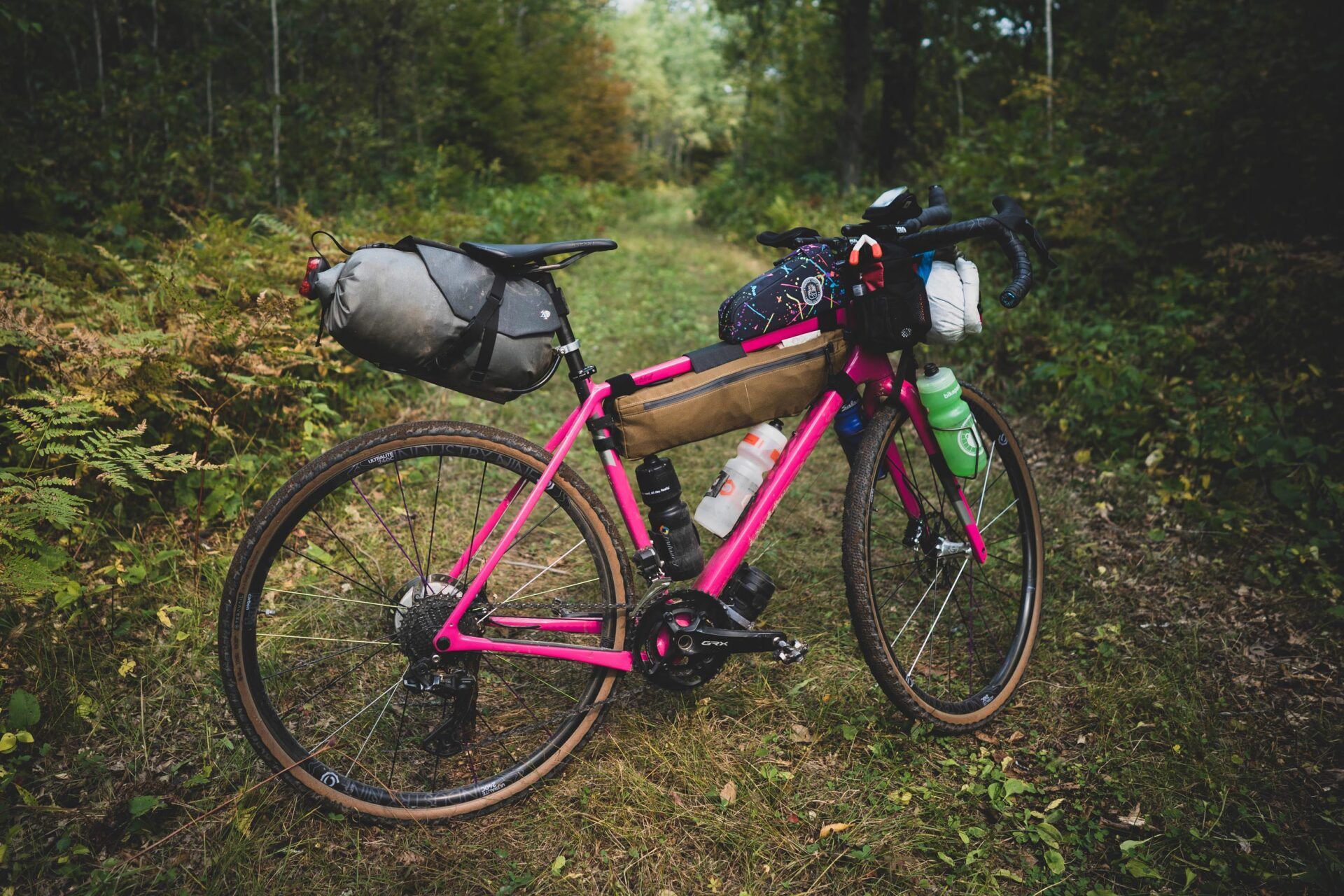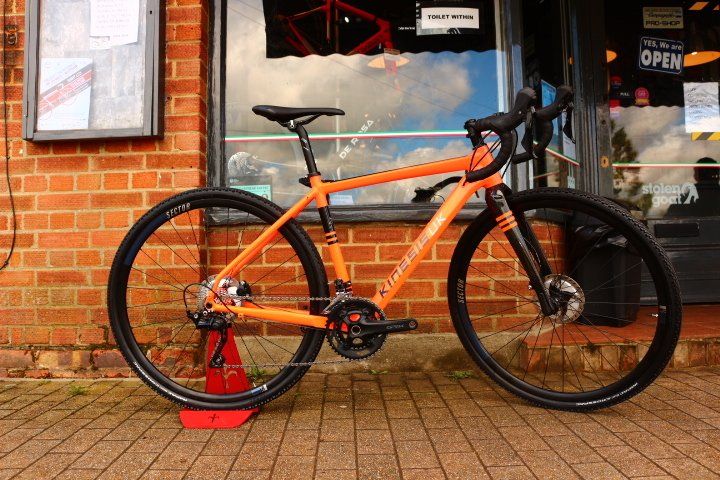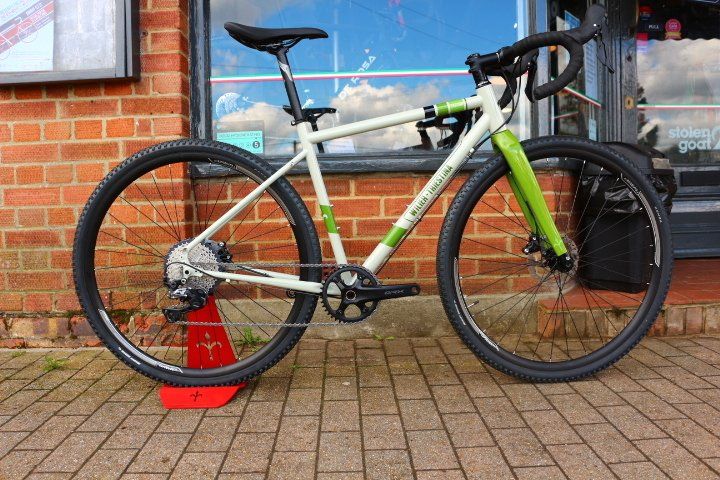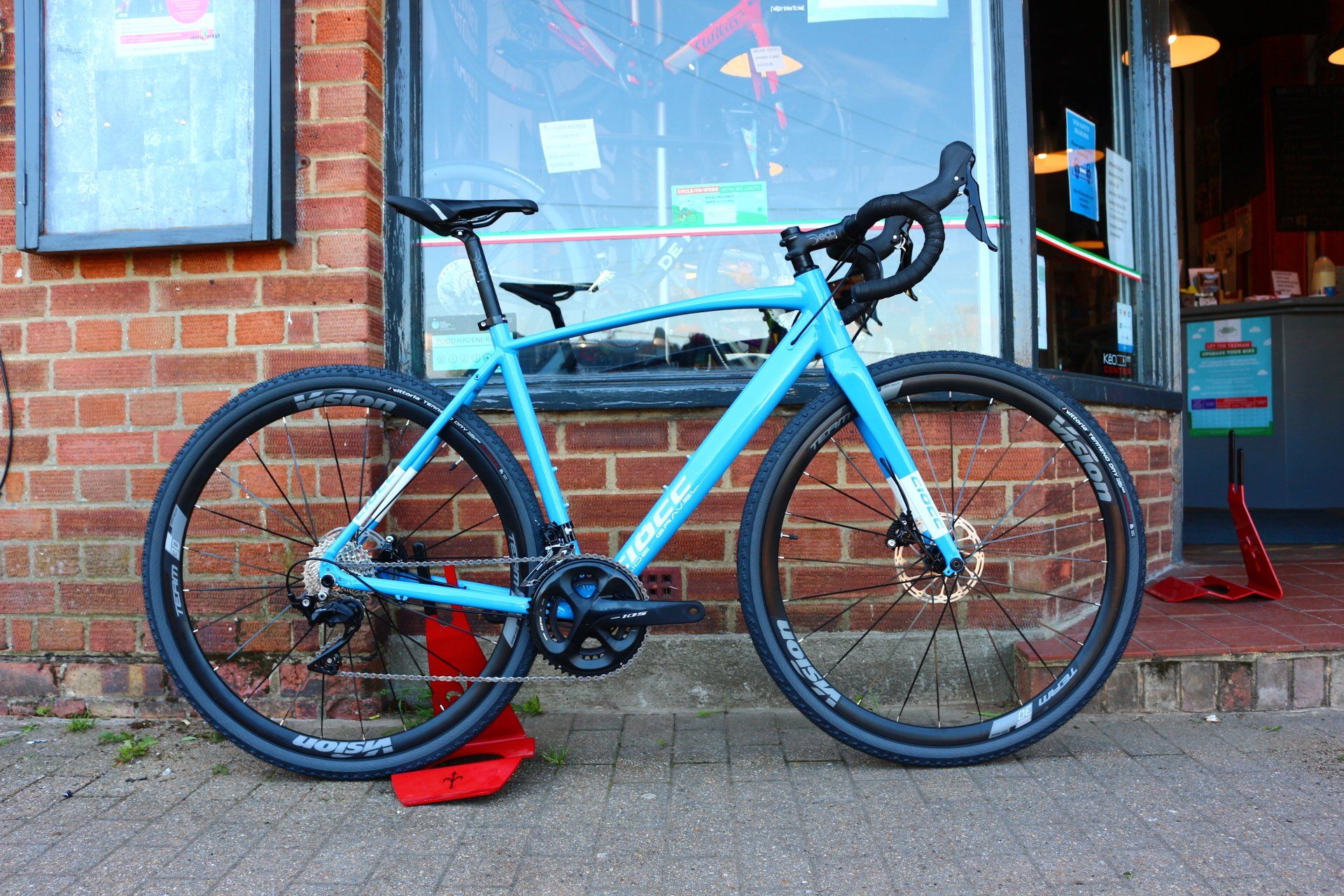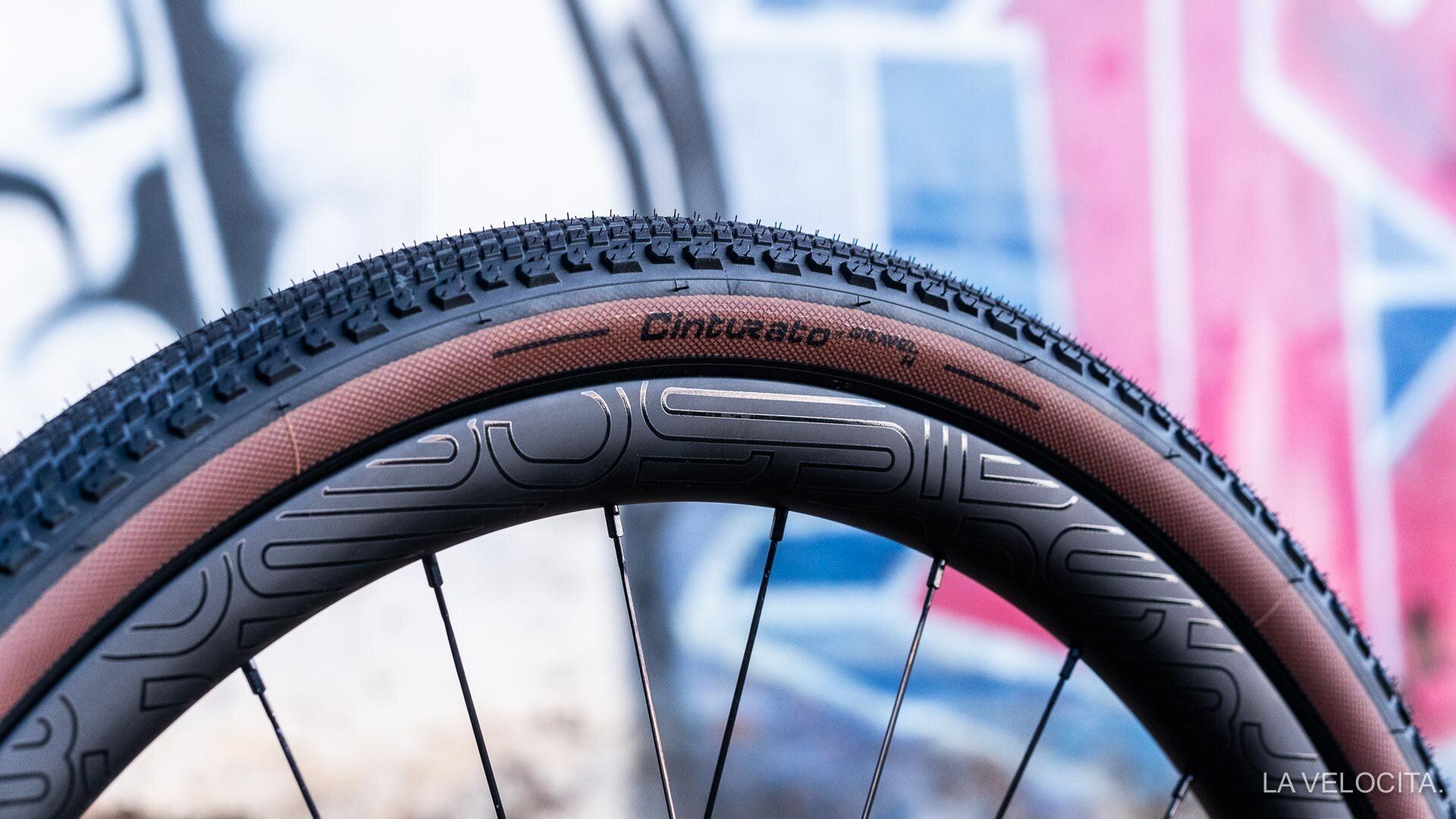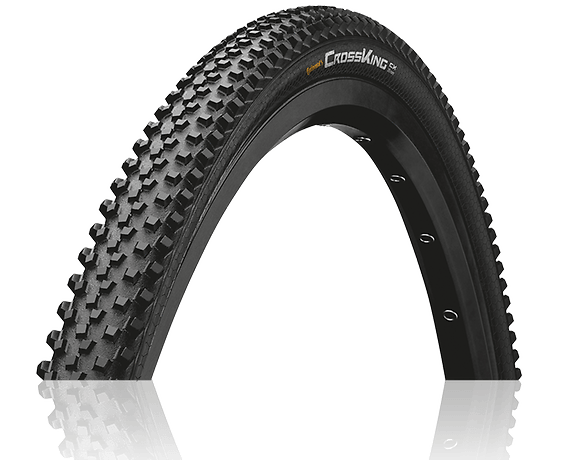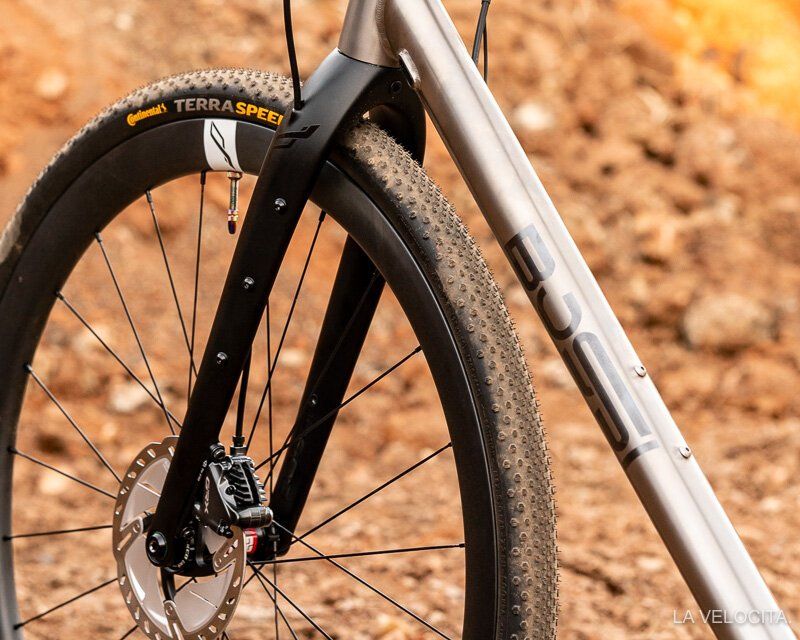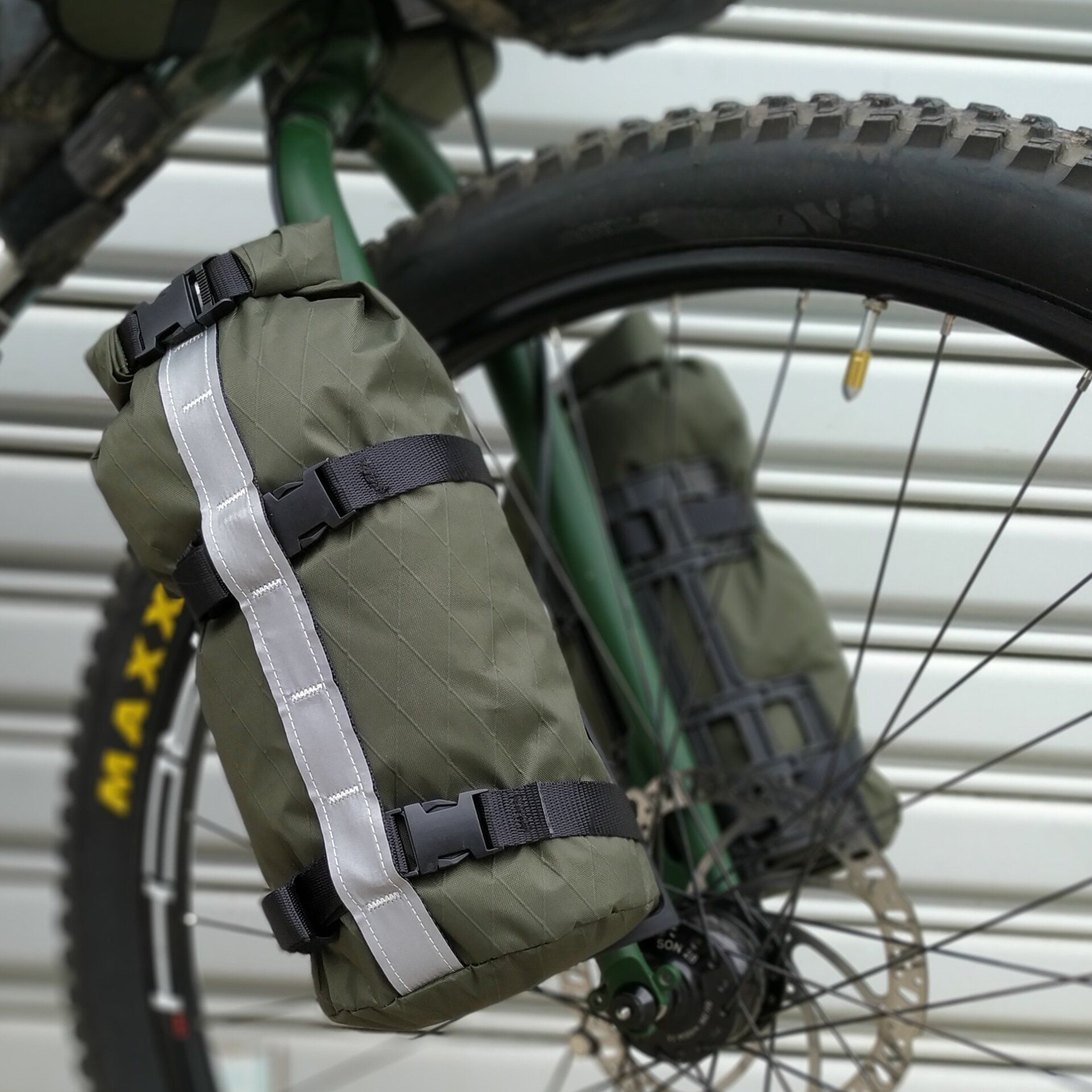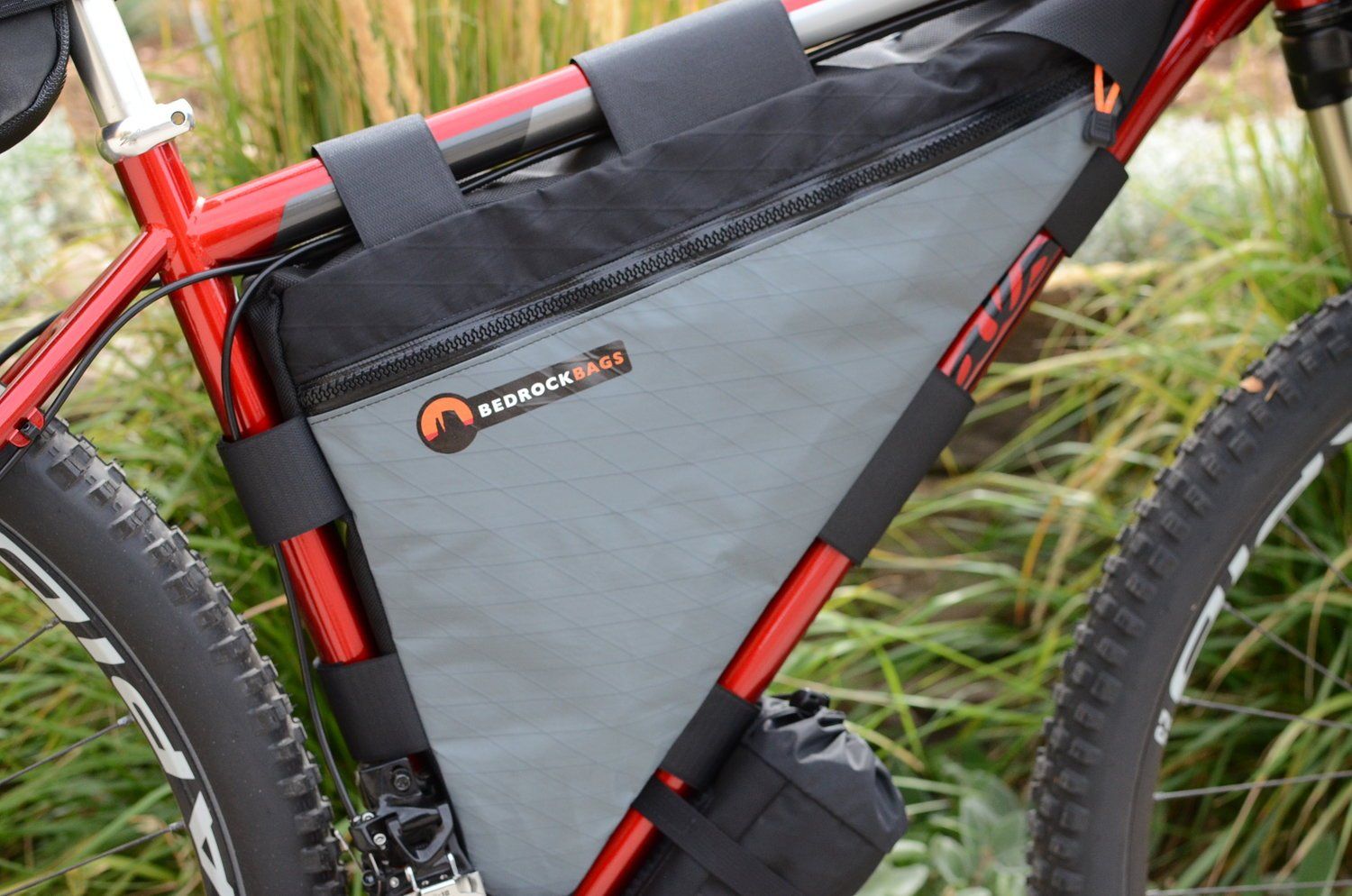Gravel & Adventure Bikes
Gravel Bikes Sometimes called adventure bikes. are fairly new to the industry you're probably asking "what on earth is a gravel bike?" To put it simply, a gravel bike is a drop-bar bike designed to let you ride over many different surfaces. It has relaxed geometry, and wider tyre clearance that allows you to run fatter tyres which will cushion your ride on the rougher stuff.
"If I'm going to ride off road, why can't I just get a mountain bike?" Well because that then limits you to off road riding and if you do ride it on the road your performance will be limited. Yes you won't be able to take a gravel bike down the downhill runs of Morzine or Whistler but that isn't their purpose. A gravel bike is built to be an all-rounder, if you only had one bike this would be the bike to have!
Endless options
Gearing, tyres, and bike bags are what you will want to focus on most when it comes to your set up. If you’re heading off-road, you’ll need lower gears to tackle steep climbs and trickier terrain. With grip reduced on loose surfaces, you'll need to choose the right tyres. If you want to ride further afield you'll need to be fully self sustainable and carry all the spares/fuel/tools you will need to keep going. The options are endless, all you have to do is ask "what is my route looking like?"
With the advancement of technology many riders are now opting for 1 X set ups with wider gear ranges on the rear. It is now more commonplace to find 9-50 rear cassettes as opposed to the more standard 11-46. Another thing gravel bikes are now gearing towards (if you pardon the pun) is tubeless tyres. This means that tyres can be run at lower pressures, meaning more grip on the looser stuff. This also means less punctures as the sealant seals any holes that occur on a ride. If a large enough tear happens you will need to plug it, but it beats having to change a inner tube. While these seem like tiny changes, all these small changes add up to a lighter better handling bike.
Gravel Bikes
Kinesis Tripster AT
Our most popular gravel bike this year - available in classic green or bright orange. These bikes feature an aluminium frame and carbon forks and can be built to your specification
Frameset - £699
Prices from as low as £1850.00.
Wilier Triestina Jaroon
The Jaroon is the new steel frame dedicated to the gravel world
£1500
For more in-depth info. Click the Wilier logo

CIOCC SLIDE
A gravel for all tastes and possibilities, customizable in color and set up. Choose a different way to use your racing bike and ride on every road safely
£2699
Gravel Tyres
Pirelli Cinturato 35c
Hard terrain tyre
The Cinturato Gravel Hard Terrain is a gravel-specific tyre designed for compact terrain and the hardest surfaces. The tread features low, tightly packed knobs and elevated ability to adapt to the terrain, offering a large contact area and therefore excellent feel while riding.
£54.99
BAGS
You may have noticed many of the gravel bikes pictured have extra screw bosses. These are to accommodate the attachment of bags and racks. A good example is the fork pictured above. Using these you can attach a tubular bag that could be used to house a tent, or just general spares. Some people have even been known to attach spare bottle cages.
Depending on what your ride is looking like, the options of what bags and cargo you are going to carry will vary. Seen above the rider has utilised every free position on the bike for a magnitude of bags including a saddle bag, frame bag, bar bag, top tube bag, downtube bag, and finally (mentioned above) a fork bag. The average everyday rider will not need all of these, but you now have an idea of what the potentials are of onboard cargo options. The most popular choice for many riders are frame bags, these are bags that as the name suggests sit on your frame.
Frame bags are sometimes a little to big for your regular loop, which is why people opt for the next smallest option, the trusty saddle bag. The saddle bag has been around for a very long time but, it is only recently that manufactures have started to bump up the size of them. It is now fairly common for riders setting out on a packing expedition to use saddle bags as big as 20 Litres! With this size you can more than comfortably fit a tarp, bivvy bag, tools and many more things that you would need for an overnight stay out on the trails. Saddle bags start at a handy size of 1 litre, at this size you can use it for c02 canisters and tyre levers.


